A Taste of Windows Phone 7.5 Mango
The Windows Phone 7.5 update, otherwise commonly known as Mango, is finally here. If you're still finding your way around it, here are some pointers from us to familiarize you with the major features of this update.
Overview
Microsoft and its Windows Phone platform have been relatively quiet over the past year, though that's about to change in the months to come. The Windows Phone 7.5 update, otherwise known as Mango, will be touching down anytime soon on your Windows Phone device. Our earlier hands-on session with the Mango update gave us a better idea of what Microsoft will bring to the table for the mobile OS.
Besides the various updates, developers have also been working closely with Microsoft to update their apps. These Mango-optimized apps tap into the basic features of the Windows Phone 7 such as Live Tiles; and with new features such as App Connect, they offer a much deeper integration into the OS mainframe. If you're interested to learn more about these updated apps, do check out our recent App Attack and gain some perspective to what the Mango update means to apps and their developers.
By now, you should be quite familiar with what Windows Phone 7.5 Mango is all about. Thus, we'll be skipping the introductions, and dive straight into the finer points of the Mango update. In particular, here are some pointers for you to familiarize yourself with the various new features on your Windows Phone, starting with a brief video summary, followed by our guide to the new features of Windows Phone 7.5 Mango.
Multi-tasking
As we've explained in our earlier hands-on, app multi-tasking is a major feature of the Mango update. To activate this feature, press and hold the Back button to bring up a thumbnail view of your recent apps. However, we realize that this feature acts more like putting an app to sleep, and resuming it when you wish to. While there are apps that will run in the background, most of the standard apps we've seen on the Mango firmware behave in the sleep-and-wake mode.
To activate multi-tasking, press and hold the Back button.

Press and hold the Back button on your Windows Phone...

...and you'll be greeted with a list of apps in a thumbnail view. Do note that you can't close any apps within this view.
Camera
While this feature has been implemented since Windows Phone 7 was launched, we would like to re-iterate it. Pressing and holding onto the camera button, even when the device is locked, will bring up the camera app. This instant access cuts down on two unnecessary steps to reach the camera feature: unlocking the screen and clicking on the camera app.
If you're worried that this feature will unlock your device, fret not. A password-protected device will only limit the access to the camera, until the password has been entered. Also, if you're worried about accidentally pressing the camera button, which will unlock the phone without password protection, you can switch off this feature by going to Settings > Applications > Pictures + Camera, and select "Prevent accidental camera launch when phone is locked".
When the device is locked, press and hold the camera button to activate the camera.
Go to Settings > Applications > Pictures + Camera and select "Prevent accidental camera launch when phone is locked" to toggle this feature.

Press and hold the Camera button to activate your camera, even when the device is locked.
Sub-menus
There are various sub-menus hidden within the Windows Phone 7.5 interface. Typically, there are two methods to bring up the sub-menu. Click and hold onto an app to either pin it to the Start page, or unpin it by clicking and holding onto the app within the Start page, and click on the unpin icon.
Within an app, you can usually spot some smaller icons at the bottom of the screen. If you're not too familiar with the function of these shortcuts, you can find the sub-menu by clicking on the lower right corner of the screen. At times, the sub-menu also brings up more options for you to choose from, such as the settings of that particular app.
Click and hold onto an app to bring up the sub-menu on the Start and Menu pages.
Click at the bottom right of the screen to bring up the sub-menu within the app.

Typically, the sub-menu is found either by clicking and holding onto the app, or clicking on the bottom right within the app.
Adding Facebook, Twitter and LinkedIn to People Hub
One of the key features of the Mango update is the strong social network integration into the OS. Facebook was the first social network to be fully integrated into the People hub, allowing Windows Phone 7 users to read and reply to their Facebook updates within a single hub. Twitter and LinkedIn have also joined in with Windows Phone 7.5, and all it takes is a few simple steps to associate your People hub with these social networks.
Go to Settings > Emails + Accounts > Add an Account to add your Facebook, Twitter and LinkedIn accounts.

When your Windows Phone has gobbled the Mango update, do remember to link your social networks to the People hub.
Improved People Hub
The People hub comes with a few major changes. With that many social networks to juggle within the hub, you are also given the option to be flooded with updates, or filter to just one social network at a time. Your profile, which is a subset of the People hub, comes with a few upgrades too. You can choose to post a message across all your social networks, or selectively blast your latest update to just a few accounts. Facebook users will also be able to check-in to Places with the Check-in option located just below. And if you need to be contactable via Windows Live Messenger, you can set your status right here.
Go to People hub and click on What's New to choose either one or all accounts to view in your feeds.
To post a message across your social networks, click on Me.
Check-in to Facebook Places and set your Windows Live Messenger chat status within your profile.

The People hub now lets you read through more social network feeds.

Post your messages, check-in and get notified under your Profile.
Windows Live Messenger and Facebook Integration with Messaging Hub
The Messaging hub is now more than just a simple text messenger. With both Facebook and Windows Live Messenger fully integrated into the Messaging hub, you can now conduct your conversations with a single contact preloaded with a mobile number, Facebook and Windows Live account under a single thread. However, if you wish to simply use it as a text messenger, here's what you'll need to do to toggle the two instant messaging features off.
To toggle Windows Live Messenger, go to Messaging > click on the bottom right > select Status > select Offline.
To toggle Facebook Chat, go to Messaging > click on the bottom right > Settings > toggle Facebook Chat.

Facebook and Windows Live Messaging, now fully integrated into the Messaging hub.
Linked Inboxes
Similar to your Gmail account, emails on Windows Phone 7.5 are consolidated into a single thread based on the subject. But did you know that you can now link multiple inboxes into a single hub? This allows you to view both your personal and work email accounts under one single view. Though here's a word of caution: try to reply to the right person, and not send romantic notes meant for your significant half to your boss.
Go to Email > click on the bottom right > select Linked Inboxes and select the email accounts to be linked or unlinked.

You can link and consolidate email inboxes into one to make your messaging experience even more streamlined.
SkyDrive Integration to Office Hub
SkyDrive is no stranger to the Windows Live ecosystem, and the Mango update has brought it closer to consumers with its deep integration into the Office hub. And that means, you can virtually share any documents or images through the cloud service from your phone to your PC, and vice versa. Images that are taken on your Windows Phone can be directly uploaded onto your SkyDrive account. However, doing so could drastically reduce your battery life if you're too trigger happy with the camera shutter button.
To activate automatic upload, go to Settings > Applications > Pictures + Camera > turn on “Automatically upload to SkyDrive”.

If you value your device's battery mileage, perhaps you should switch off this option to conserve power.
Sharing Options
Windows Phone 7.5 Mango comes with a wide variety of sharing options. This means you can easily distribute your images through avenues beyond conventional means such as email. Within Settings, you also have the option to select a Quick Share account, which lets you toggle between an account of your choosing. This includes Facebook, Twitter, and SkyDrive.
Go to Settings > Applications > Pictures + Camera, to select the default quick sharing channel, which includes Facebook, Twitter and SkyDrive.

This feature lets you quickly post your recently taken images to your preferred social network with a single click.
Background Tasks
As mentioned earlier, certain apps are allowed to run in the background, such as Evernote which synchronizes your notes to the server. However, these apps, if left untended, could result in unnecessary power drain. Luckily, you do have the option to deactivate these background apps.
Go to Settings > Applications > Background Tasks, and decide which apps are allowed to run in the background.

Similar to the SkyDrive auto upload feature, apps running in the background can be taxing on your device's battery.
What we've highlighted here is just a fraction of the updates that have arrived with Windows Phone 7.5. Throughout your daily usage, you might spot some tiny updates that would make you rethink the way you use your Windows Phone. We're more than happy to hear from you.
Upcoming Windows Phone 7.5 Devices
Till now, two devices have been announced ahead of the Windows Phone 7.5 update, which will have the Mango firmware preloaded within. HTC was the first to announce the HTC Radar, which will be available sometime in October for S$569. Though announced simultaneously with the HTC Radar, the larger HTC Titan with a 4.7-inch display won't be available in Singapore.
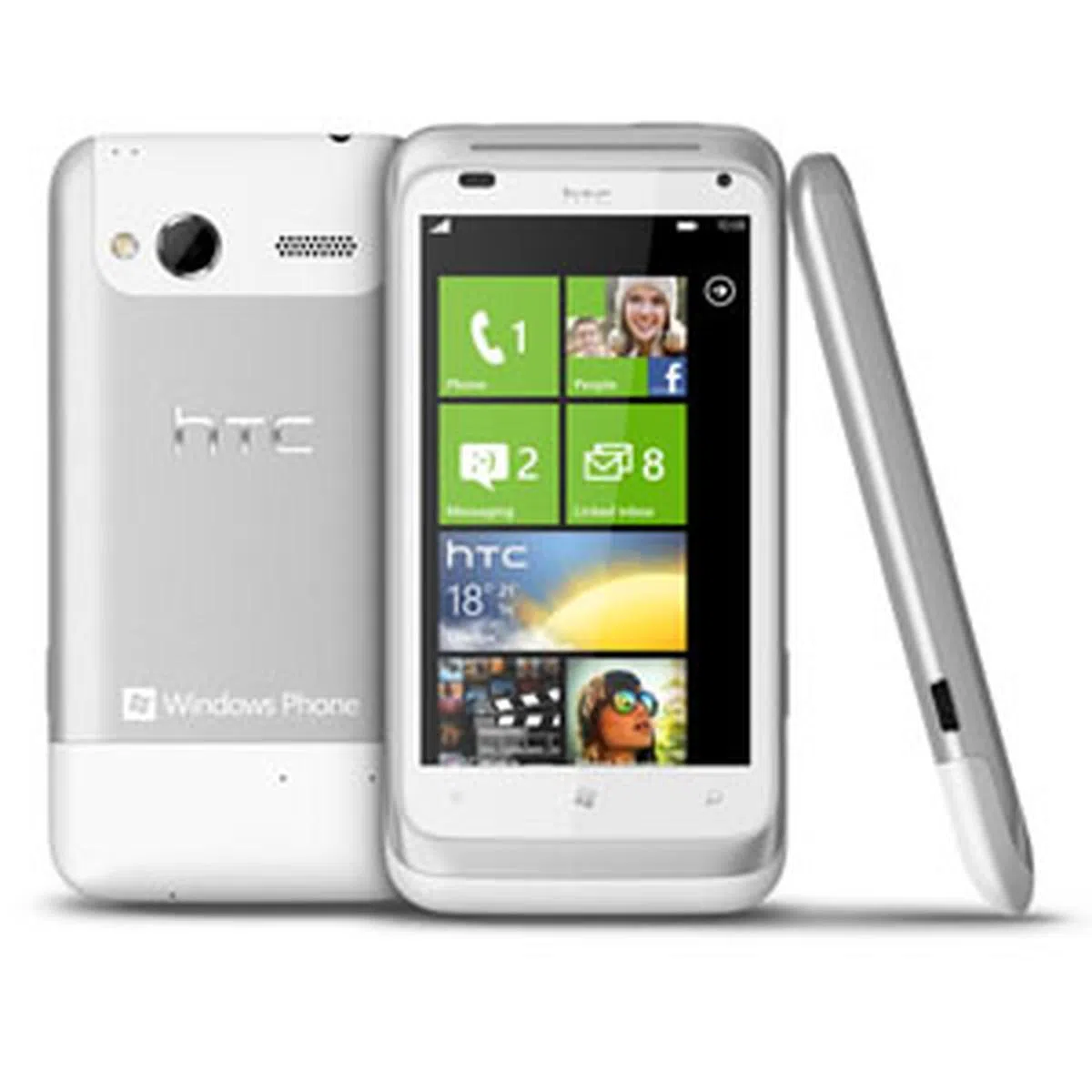 | Key highlights of the HTC Radar
|
Following up, Samsung also unveiled the Samsung Omnia W, with a boosted 1.4GHz processor and faster download speed of 14.4Mbps for its HSDPA connectivity. While it does get a speed bump through its single-core processor, the Omnia W will take on a more compact form factor with its smaller 3.7-inch Super AMOLED display, shaving 0.3-inches off its predcessor's 4-inch specification. However, here's what really sealed the deal: the Samsung Omnia W will be priced at S$498, which is nearly half of what its predecessor cost during its initial launch. Unfortunately, its availability will be slated for Q4 2011, so it'll be a while more before you can find this reasonably priced Windows Phone 7.5 device on the retail shelves.
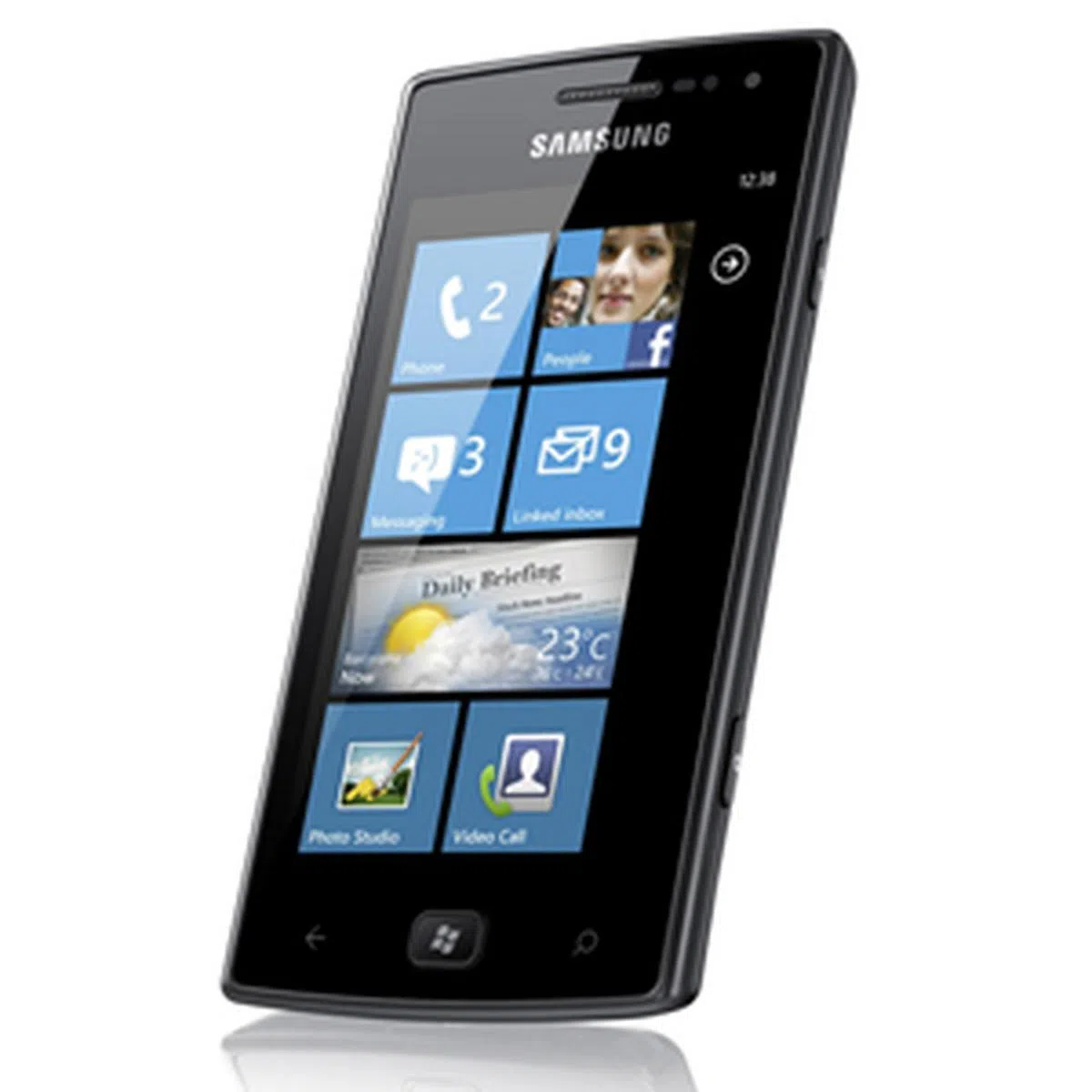 | Key highlights of the Samsung Omnia W
|
Updated Windows Phone Devices
True to its word, Microsoft will be updating its earlier devices with the Mango firmware, and if you're one of the early adopters who chose either the LG, Samsung or HTC devices, you'll be receiving the update notification in the following weeks. Word of advice: when you are prompted to update, you might want to tap onto a Wi-Fi network before you proceed with the download. Alternatively, you can connect your Windows Phone device to your PC and download the Windows Phone 7.5 update through Zune.
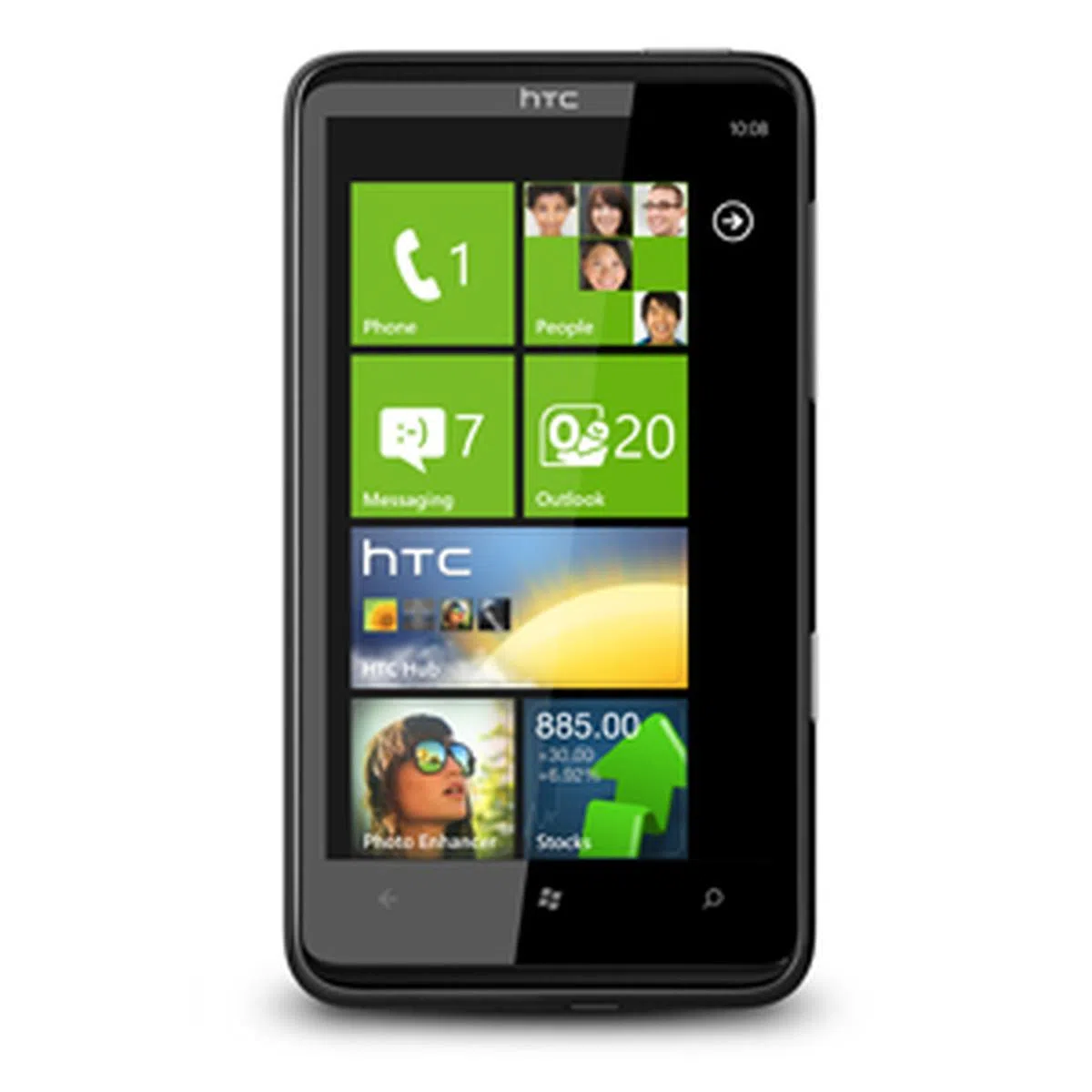 | Key highlights of the HTCHD7
|
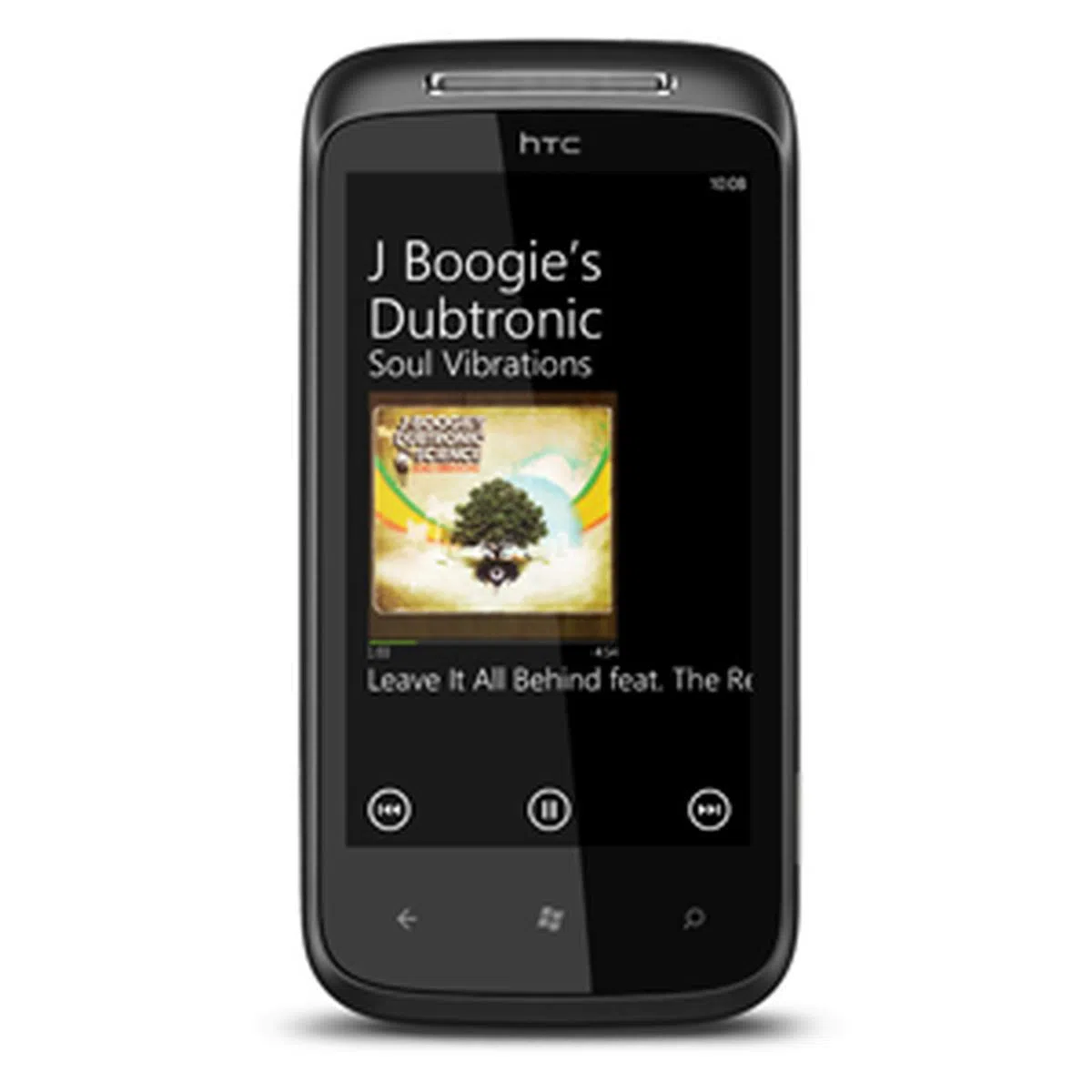 | Key highlights of the HTC 7 Mozart
|
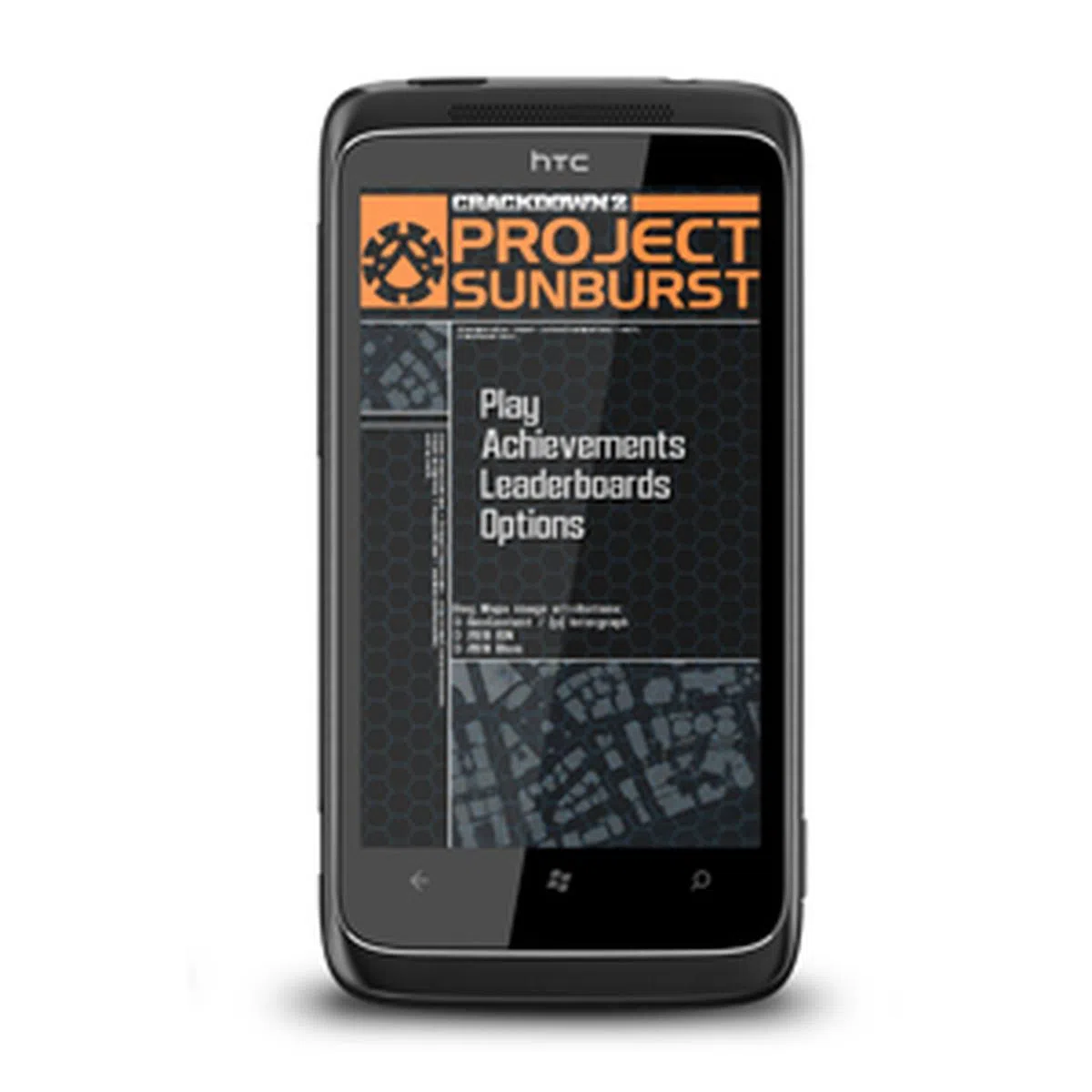 | Key highlights of the HTC 7 Trophy
|
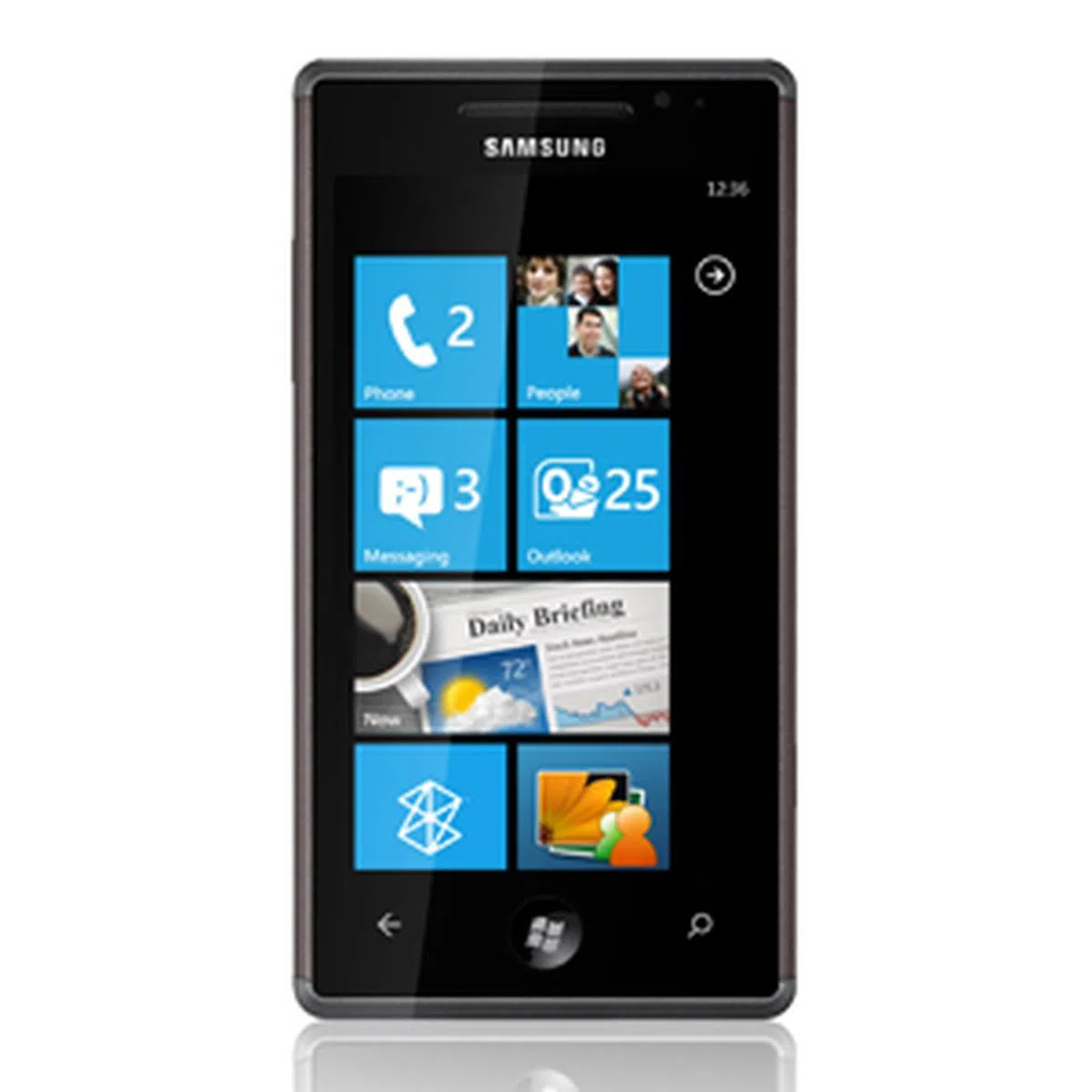 | Key highlights of the Samsung Omnia 7
|
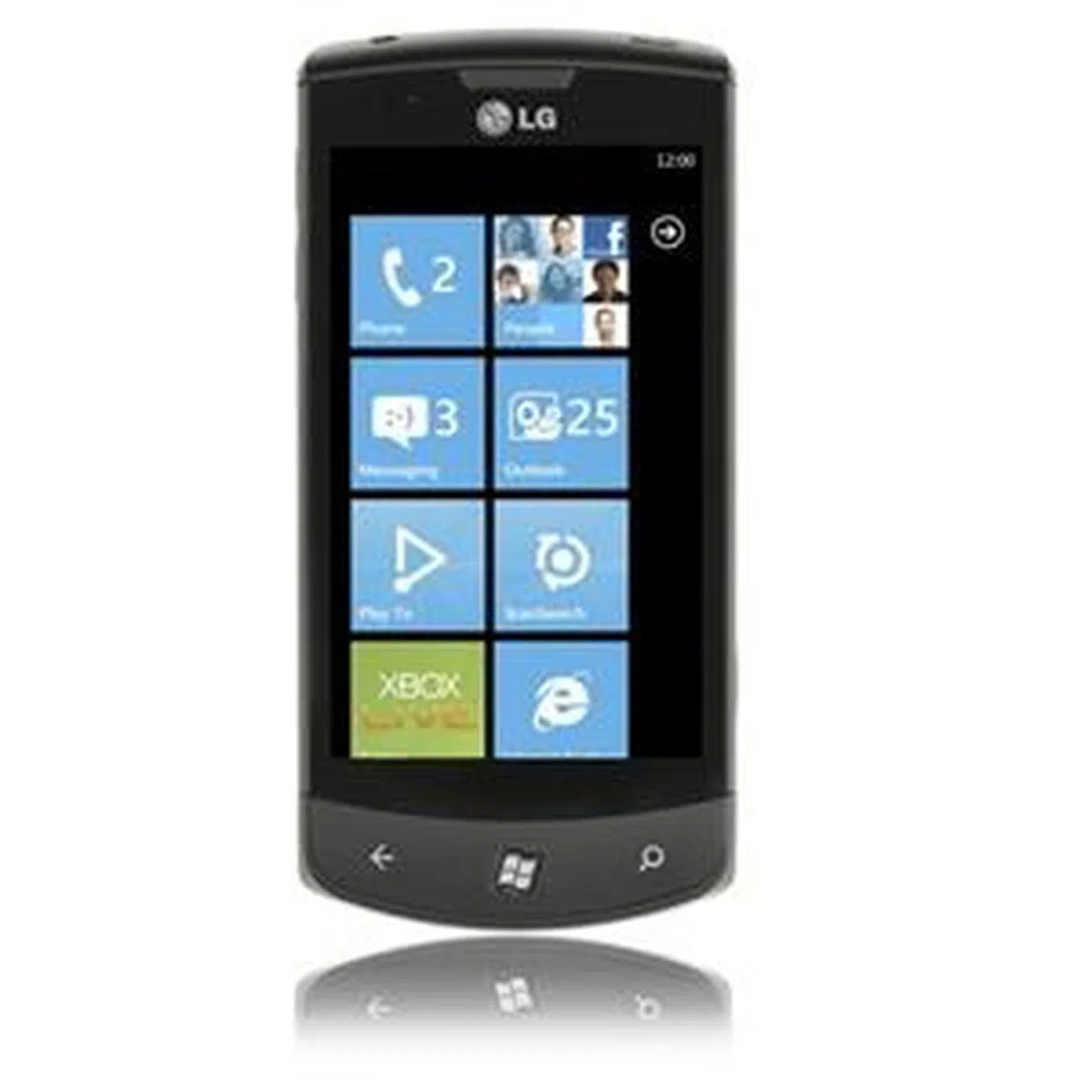 | Key highlights of the LG Optimus 7 (LG E900)
|
Our articles may contain affiliate links. If you buy through these links, we may earn a small commission.